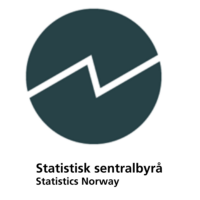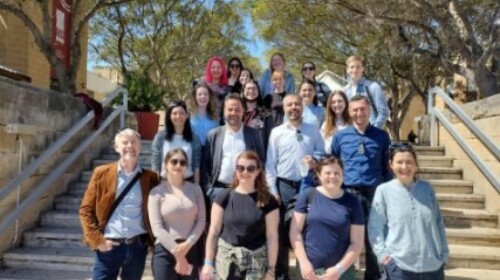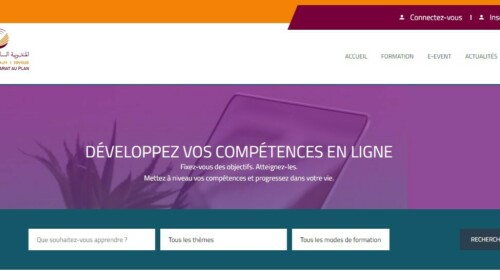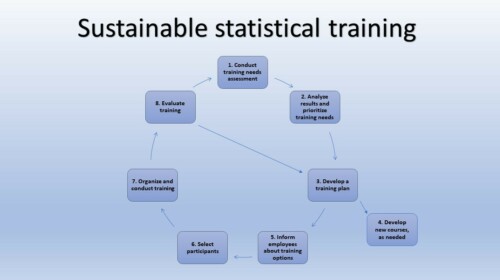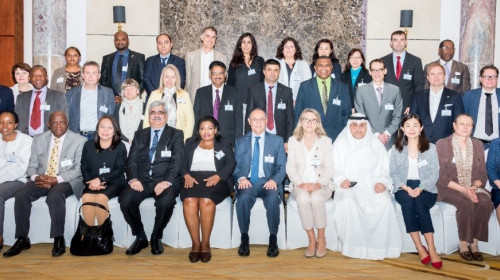Statistics Norway is pleased to present a set of video lectures on Questionnaire development and testing. It is the first time Statistics Norway har transferred a course of this size to video. The aim is to make the experiences and theory from the face to face training we do internally and externally available to anyone, anywhere.
The lectures provide theoretical background mixed with examples from Norway and from work with other countries and organisations. Our aim is to contribute to improved questionnaires, leading to official statistics that is relevant and of best possible quality. The course is focussing on interviews with individuals and households, but most of the theory is the same for surveys covering businesses and other organisations.
The following topics are covered:
1 Key concepts
This module contains an introduction to central concepts used in the rest of the course.
2 Specification
The specification module covers defining the central concepts to be investigated in the questionnaire, identifying the clients’ information needs and investigating respondents’ information availability.
3 Operationalisation
Operationalisation is to turn the topic we want to investigate into well-functioning questions and answers. The first lecture begins with key considerations and moves on to response options. The second lecture looks at questions, instructions and functionality.
4 Design
The design module covers why question order matter and how to develop optimal order, advice for visual design and use of instructions.
5 Testing
The course introduces four methods of testing questionnaires: Expert appraisals, cognitive interviews, behaviour coding and focus groups.
The lectures are found at an open Vimeo page. They have been used to undertake workshops mixing video with hands-on work on assignments, both face to face and through webinars. Work is being done to integrate the videos in a more comprehensive online course with assignments. References to materials in the lectures apply only for this version, which will also be free for all and available through this portal.
The producers of the course can be contacted on webcourse@ssb.no
The production was funded by Norad and Statistics Norway
Target Audience
The course is primarily aimed at people working with questionnaire development in statistical offices or international organisations. But it is useful for anyone who wants to improve their skills in the field. Others who will find it relevant are people who order a survey, stakeholders who are asked to contribute and analysts who are interpreting the results of surveys.
Learning Objectives
The course aims to enhance the users skills in specifying information needs, turning this into good questions and use them in a well-structured questionnaire. The user will further learn best practices in testing the questionnaire to identify problems and improve the end result. After the course, the user will understand more of the consequences of a poorly developed questionnaire and have the skills to make it better.

